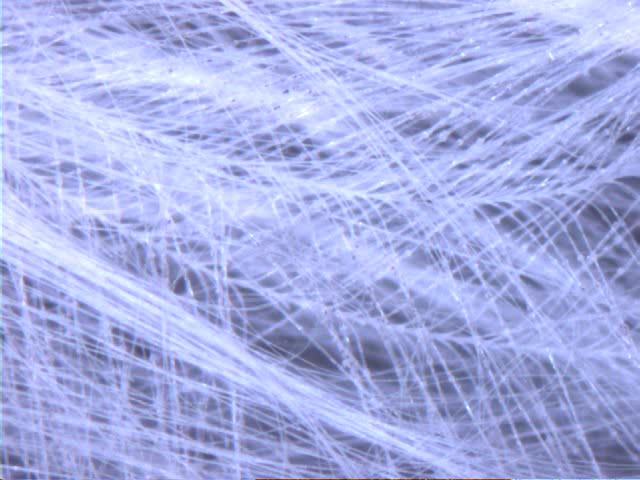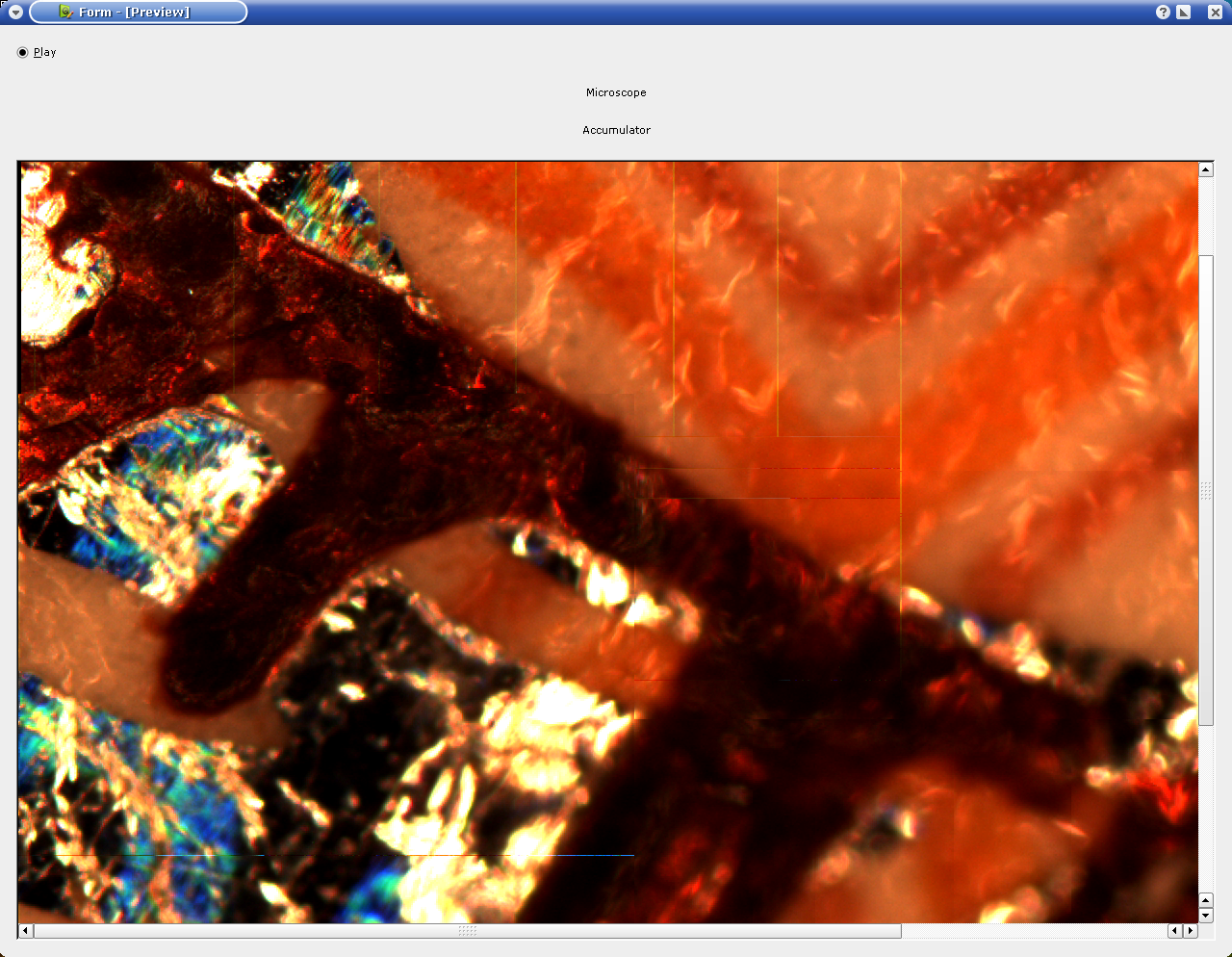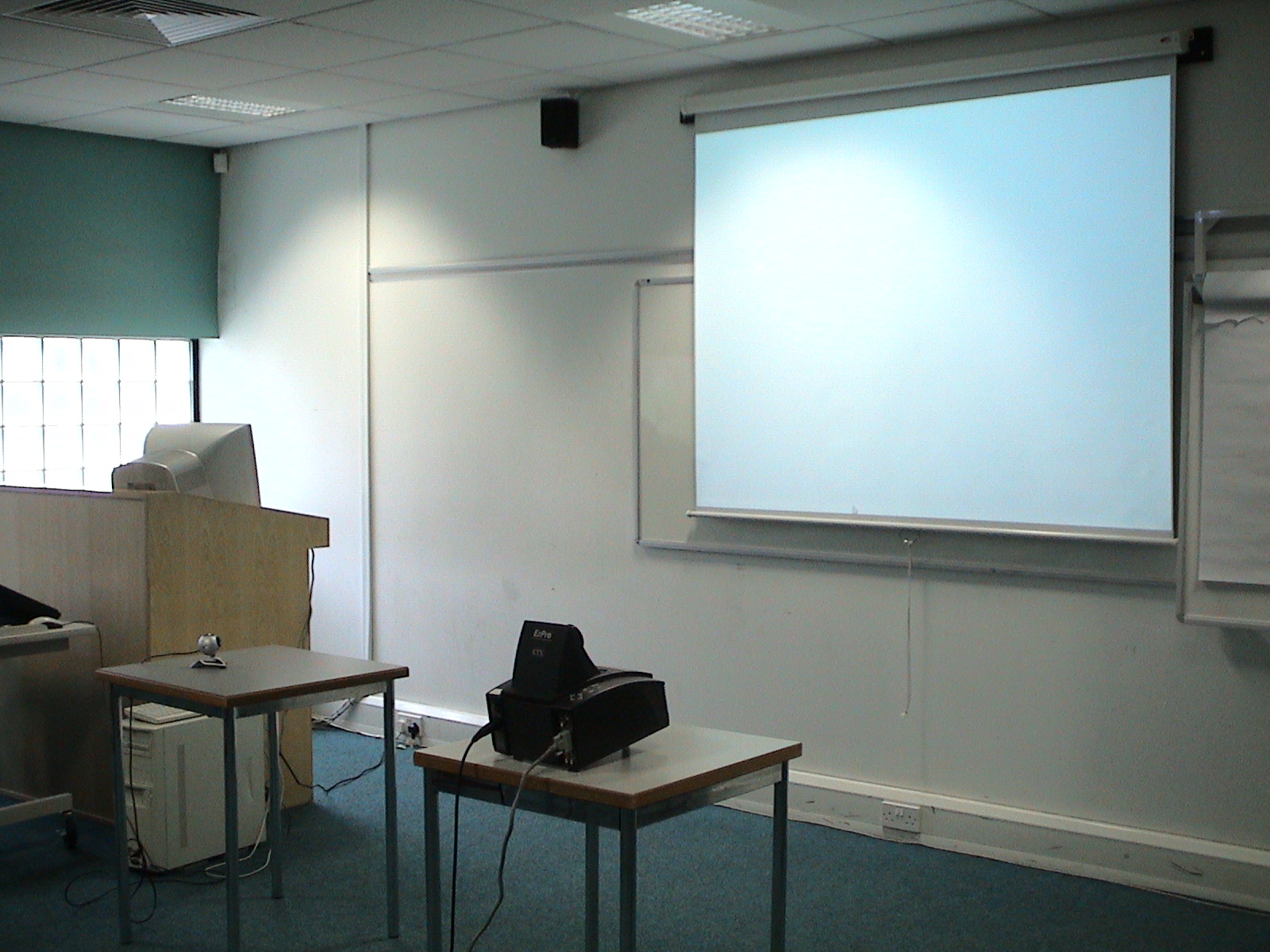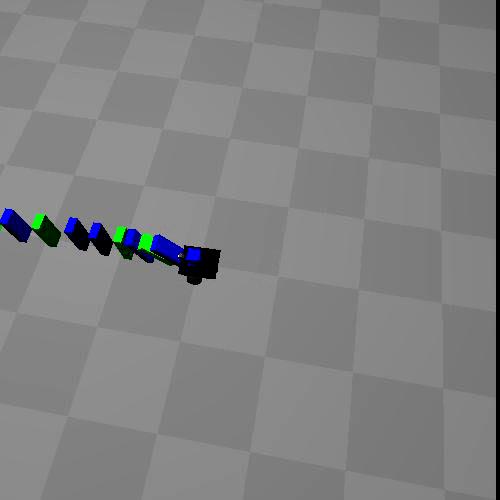Available Student and Research Projects
m (→To Do) |
m (Moved some content to dedicated page) |
||
| Line 38: | Line 38: | ||
==Automated photo stitching== | ==Automated photo stitching== | ||
| − | |||
| − | |||
| − | |||
| − | |||
| − | |||
| − | |||
| − | |||
| − | |||
| − | |||
| − | |||
| − | |||
| − | |||
| − | |||
| − | |||
{|align="center" | {|align="center" | ||
|+ '''Hilbre Island input images''' | |+ '''Hilbre Island input images''' | ||
| Line 84: | Line 70: | ||
Optional: | Optional: | ||
* Automatically find correspondences | * Automatically find correspondences | ||
| + | |||
| + | See [[Panorama Stitching|page on panorama-stitching]] for more details. | ||
Contact [[User:Engjw|Jan Wedekind]] for a project in this area. | Contact [[User:Engjw|Jan Wedekind]] for a project in this area. | ||
Revision as of 21:21, 12 November 2006
Contents |
Student Projects
We always offer projects to motivated students (first degree, Masters of Science, ERASMUS student, ...). If you are interested in doing a project in computer vision, let us know. Here is a description of ongoing research areas to give you an idea of possible projects. You can also suggest a research topic yourself.
If you work with us, you can learn a lot of skills which are relevant for a career as a software developer:
- Computer Vision, Signal processing, Robotics
- Linear Algebra, Analysis
- Software Engineering
We are using state-of-the-art platform-independent software tools:
- Source-code documentation with
 doxygen
doxygen
- Cross-platform user-interfaces with
 Qt. You can develop full-featured GUI-software which runs under
Qt. You can develop full-featured GUI-software which runs under 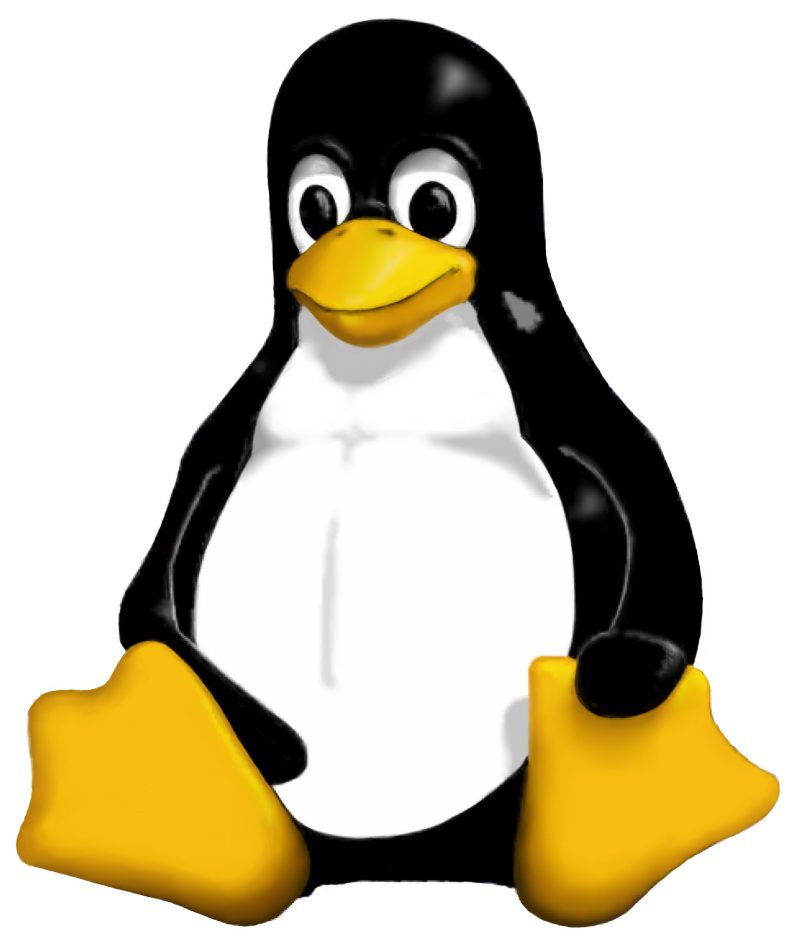 GNU/Linux,
GNU/Linux, 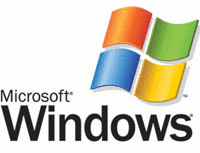 Microsoft Windows, and
Microsoft Windows, and 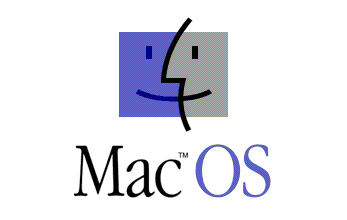 MacOS!
MacOS!
- Platform-independent
 Standard Template Library
Standard Template Library
- Platform-independent
 Boost Library
Boost Library
Project areas
Stitching for microscopes
Premise
- A microscope-video of an object being moved in x-, and y-direction (parallel to the focussed plane)
- Later a microscope-video of an object being moved in x-, y-, and z-direction (i.e. including depth changes)
To Do
- Generate stitched image from the input-video (linear complexity desirable) without feedback from microscope-drive
- Cross-compare images to avoid a drift of the estimated shift
- Later provide extended depth of field by maximising a focus measure.
See Also
External Links
Contact Jan Wedekind for a project in this area.
Automated photo stitching
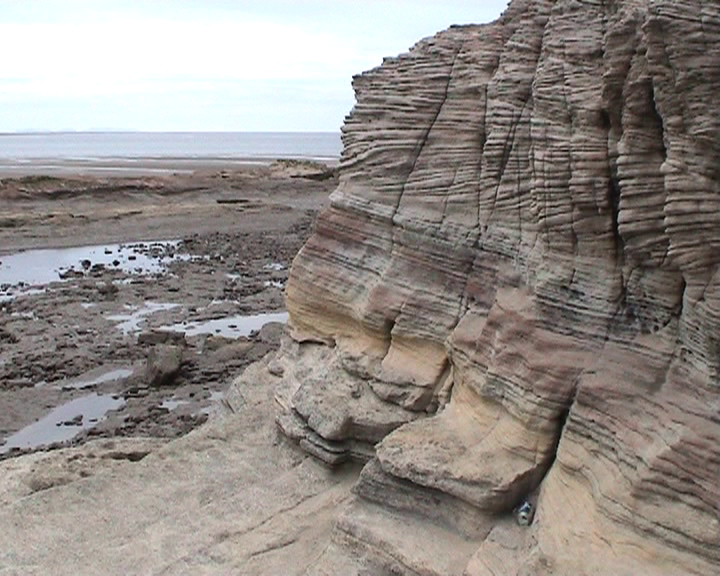 |
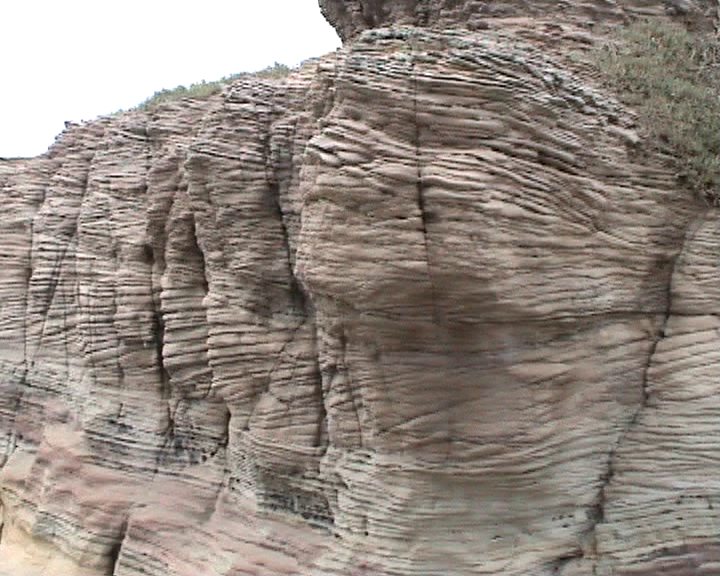 |
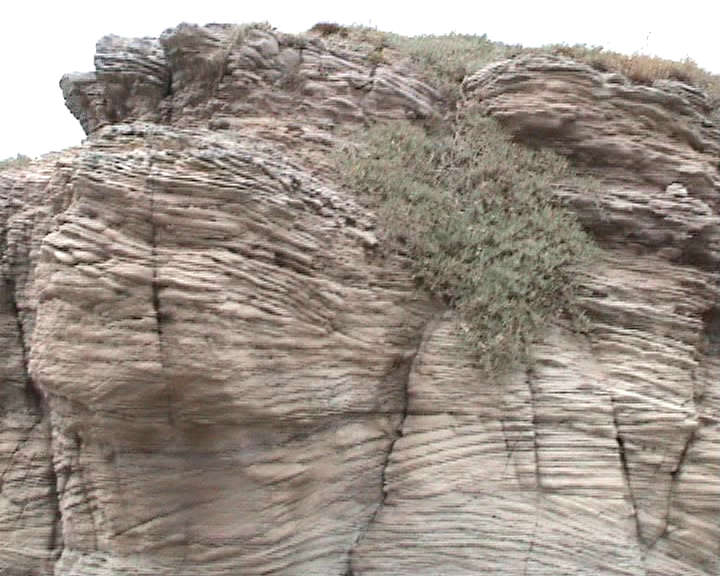 |
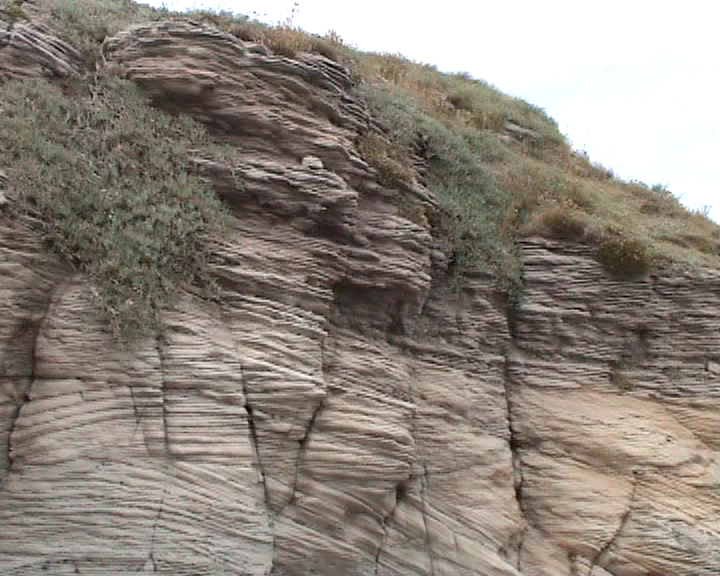 |
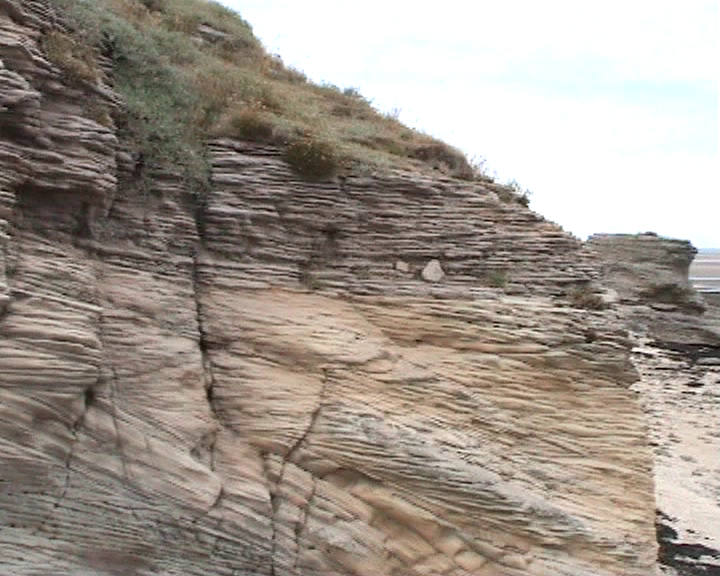 |
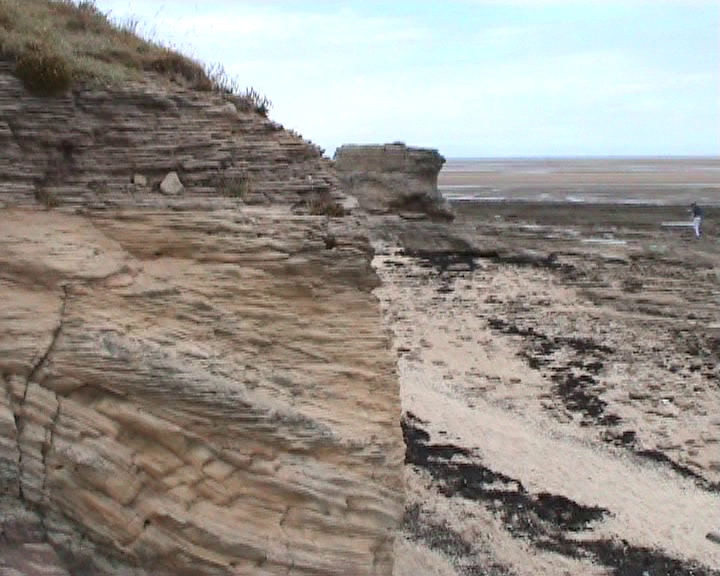 |
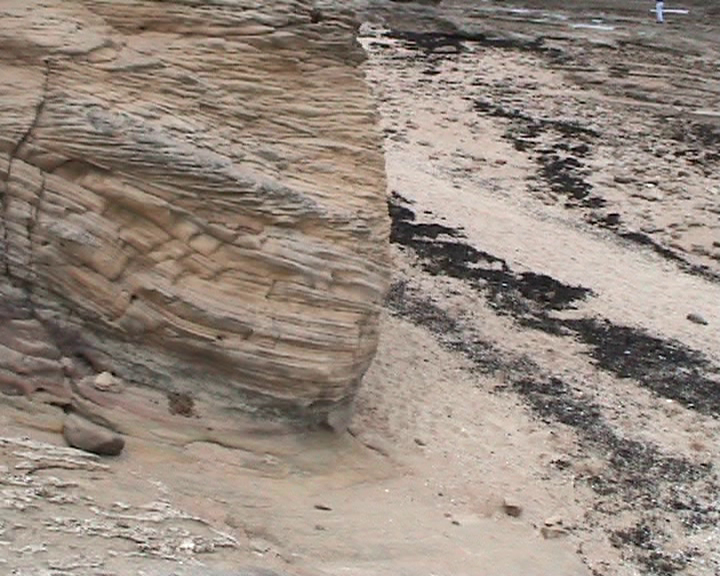
|
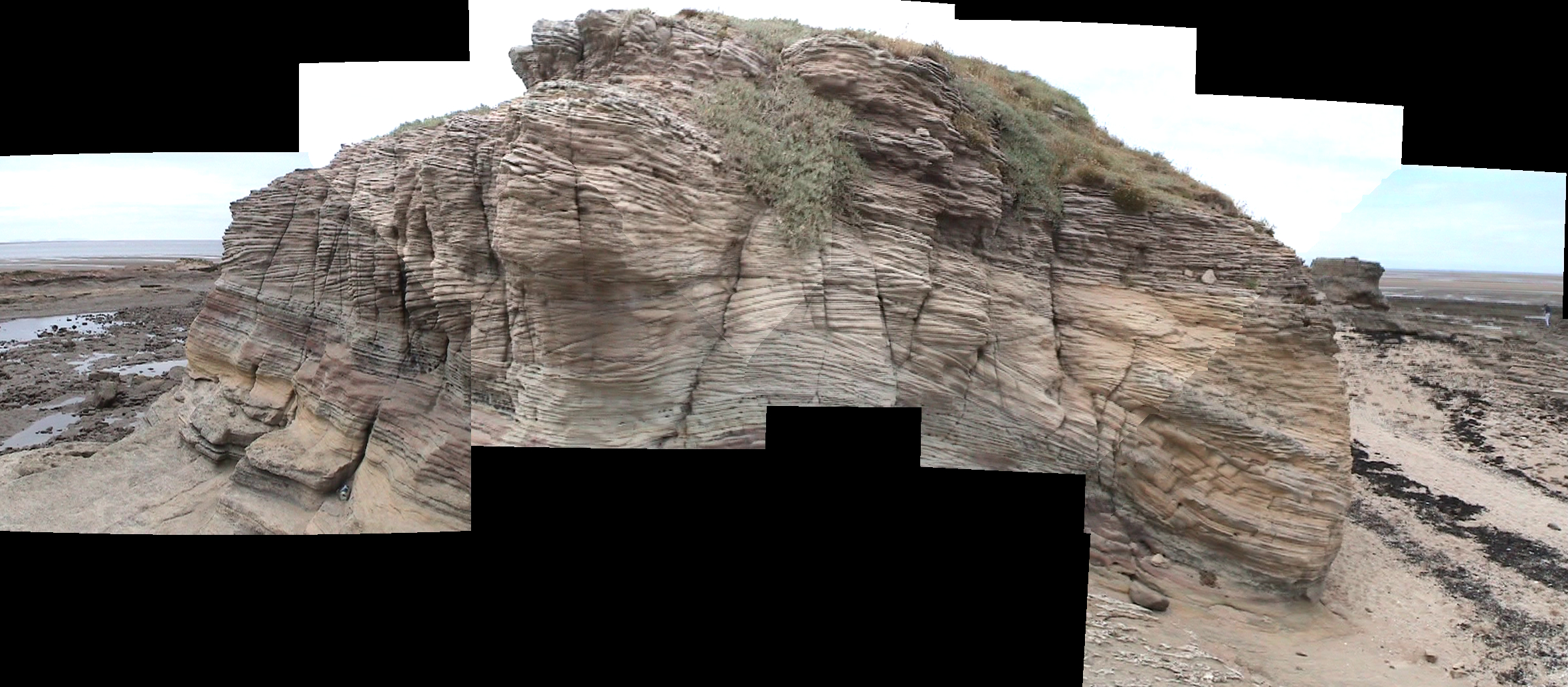
|
Premise
- A set of images taken with the same camera-settings (aperture, exposure time, focal length) and center of projection but different viewing directions (mainly yaw, pitch)
- Manually selected correspondences.
To Do
- Improve the correspondences using 2D cross-correlation (roll-angle will assumed to be low).
- (Re)implement the panotools-solver using boost::ublas and Mimas-lapack
- Use correspondences to optimize the parameters (rotations, common focal length, rotation of virtual camera).
- Transform and merge the images into the resulting panorama image.
<math> \lambda\,\begin{pmatrix}m^\prime_{1}\\m^\prime_{2}\\f\end{pmatrix}= \begin{pmatrix}h_{11}&h_{12}&h_{13}\\h_{21}&h_{22}&h_{23}\\h_{31}&h_{32}&h_{33}\end{pmatrix}\, \begin{pmatrix}m_{1}\\m_{2}\\f\end{pmatrix} </math>
- Transform and map the images into the resulting panorama image.
- Adopt existing method for removing fringes (transitions/blending)
Optional:
- Automatically find correspondences
See page on panorama-stitching for more details.
Contact Jan Wedekind for a project in this area.
External Links
- Photo stitching software PTGUI
- Rodriguez Matrix
- Panorama Tools software suite (mirror of Helmut Dersch's former web-page)
- Hugin
- Depth of focus for panorama tools
- Autostitch (commercial)
Interactive projector-camera interface
Contact Jan Wedekind for a project in this area.
Premise
- A camera is given images of a projected image (or a TFT screen)
- The system already calibrates itself (two-dimensional homography) using projected patterns
To Do
- Improved method for recognition of hand/fingers
- 3D calibration, depth perception using projected patterns or shadows
See Also
External Links
- Multi-Touch Interaction Research
- Magic board project by IIHM
- IBM Research on interactive projector
- A Flexible New Technique for Camera Calibration: Zhengyou Zhang
- E-Chalk
Physics Engine
Contact Jan Wedekind for a project in this area.
Premise
A physics engines is useful for simulating robots and testing computer vision algorithms. The Open Dynamics Engine was used in two projects already.
To Do
The Open Dynamics Engine is not numerically stable. An investigation into numerical algorithms for simulating multiple rigid bodies is required. The rigid bodies can be connected by joints, which are limiting their degrees of freedom.
See Also
External Links
RANSAC
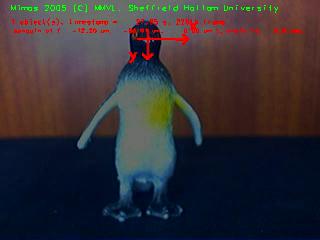
Random sample consensus is a method for object recognition. This project is about recognising macroscopic rigid objects (e.g. household and office articles like cups, stapler, ...
To Do
- Select point-features and a suitable similarity measure
- Implement RANSAC algorithm and apply to 3 and 4 degrees-of-freedom problem.
- Extend RANSAC implementation to 6 degrees-of-freedom problem (maybe use line- and point-features)
- Demonstrate algorithm on real object.
See Also
See Also
- Have a look at Mimas/Software engineering to get a general impression of our working environment.
- Nanorobotics
- I-Swarm

